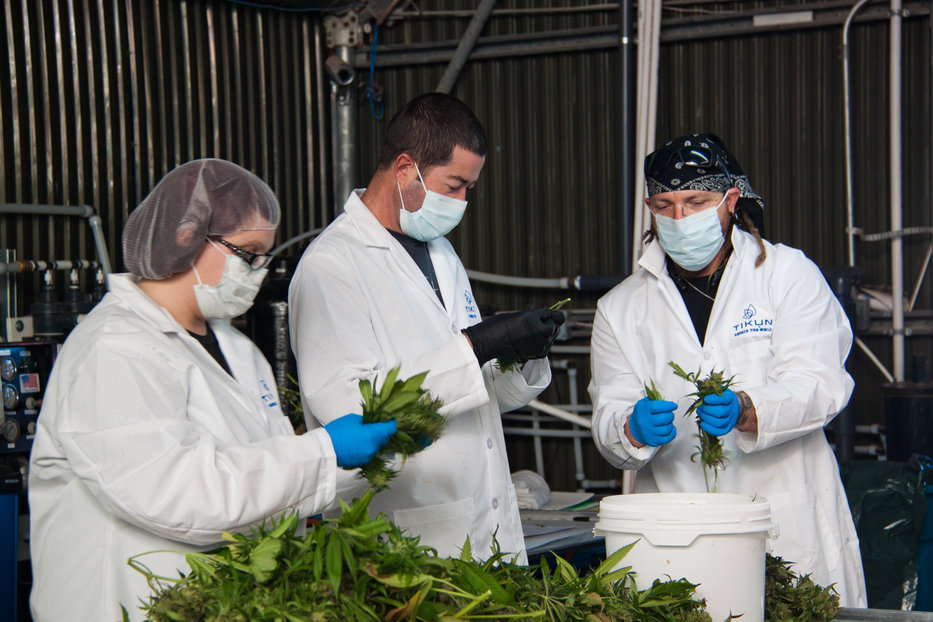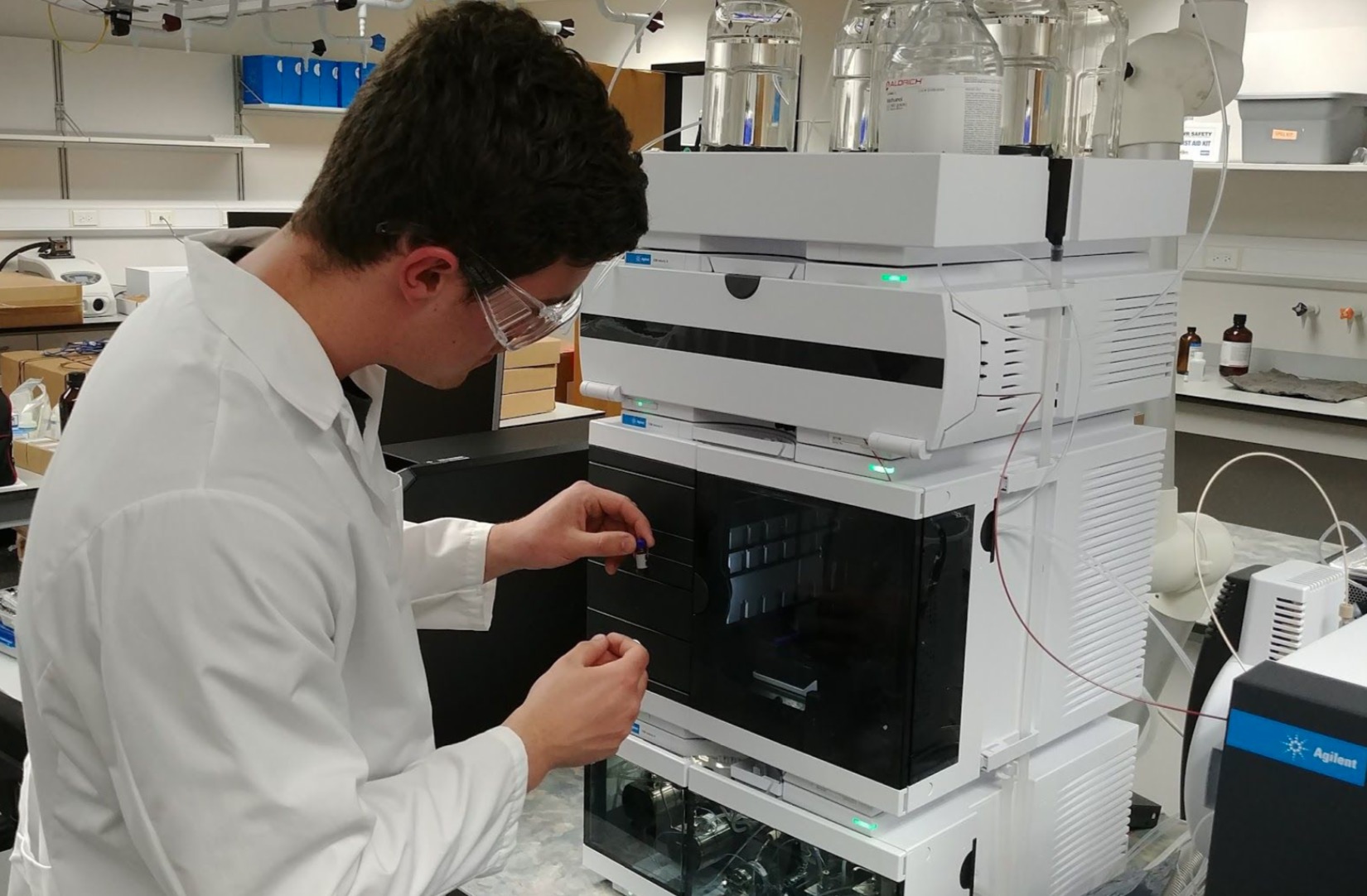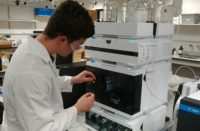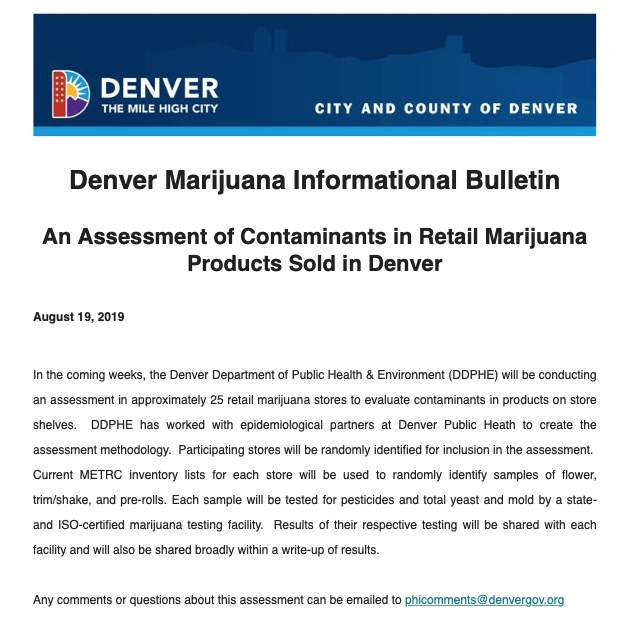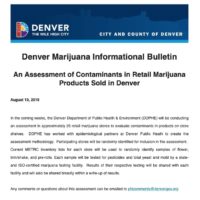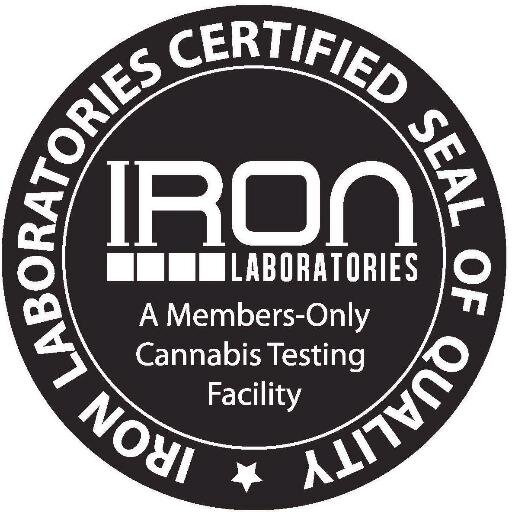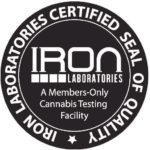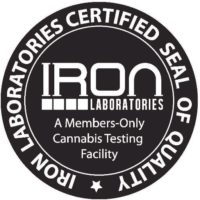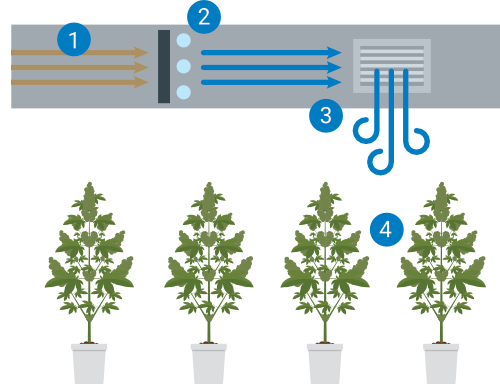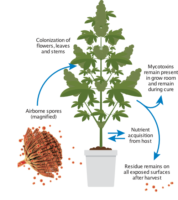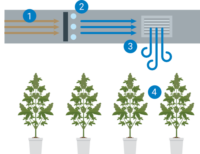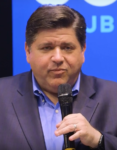Mold is ubiquitous in nature and can be found everywhere.1 Cannabis growers know this all too well – the cannabis plant, by nature, is an extremely mold-susceptible crop, and growers battle it constantly.
Of course, managing mold doesn’t mean eradicating mold entirely – that’s impossible. Instead, cultivation professionals must work to minimize the amount of mold to the point where plants can thrive, and finished products are safe for consumption.
Let’s begin with that end in mind – a healthy plant, grown, cured and packaged for sale. In a growing number of states, there’s a hurdle to clear before the product can be sold to consumers – state-mandated testing.
So how do you ensure that the product clears the testing process within guidelines for mold? And what tools can be employed in biological warfare?
Mold: At Home in Cannabis Plants
It helps to first understand how the cannabis plant becomes an optimal environment.
The cannabis flower was designed to capture pollen floating in the air or brought by a pollinating insect.

Once a mold spore has landed in a flower, the spore will begin to grow. The flower will continue to grow as well, and eventually, encapsulate the mold. Once the mold is growing in the middle of the flower, there is no way to get rid of it without damaging the flower.
A Name with Many Varieties
The types of spores found in or around a plant can make or break whether mold will end with bad product.
Aspergillus for example, is a mold that can produce mycotoxins, which are toxic to humans2. For this reason, California has mandatory testing3for certain aspergillus molds.
Another example, Basidiospores, are found outside, in the air. These are spores released from mushrooms and have no adverse effects on cannabis or a cannabis cultivation facility.
Fungi like powdery mildew and botrytis (PM and Bud Rot) typically release spores in the air before they are physically noticed on plants. Mold spores like these can survive from one harvest to the next – they can be suspended in the air for hours and be viable for years.
How Mold Travels
Different types of spores – the reproductive parts of mold – get released from different types of mold. Similar to plants and animals, mold reproduces when resources are deemed sufficient.
The opposite is also true that if the mold is under enough stress, such as a depleting nutrient source, it can be forced into reproduction to save itself.4
In the end, mold spores are released naturally into the air for many reasons, including physical manipulation of a plant, which, of course, is an unavoidable task in a cultivation facility.5
Trimming Areas: A Grow’s Highest Risk for Mold
Because of the almost-constant physical manipulation of plants that happen inside its walls, a grow’s trimming areas typically have the highest spore counts. Even the cleanest of plants will release spores during trimming.
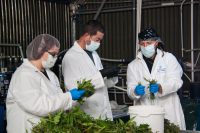
These rooms also have the highest risk for cross contamination, since frequently, growers dry flower in the same room as they trim. Plus, because trimming can be labor intensive, with a large number of people entering and leaving the space regularly, spores are brought in and pushed out and into another space.
The Battle Against Mold
The prevalence and ubiquitous nature of mold in a cannabis facility means that the fight against it must be smart, and it must be thorough.
By incorporating an upstream approach to facility biosecurity, cultivators can protect themselves against testing failures and profit losses.
Biosecurity must be all encompassing, including everything from standard operating procedures and proper environmental controls, to fresh air exchange and surface sanitation/disinfection.
One of the most effective tactics in an upstream biosecurity effort is fungal monitoring.
Ways to Monitor Mold
Determining the load or amount of mold that is in a facility is and always will be common practice. This occurs in a few ways.
Post-harvest testing is in place to ensure the safety of consumers, but during the growing process, is typically done using “scouting reports.” A scouting report is a human report: when personnel physically inspect all or a portion of the crop. A human report, unfortunately, can lead to human error, and this often doesn’t give a robust view of the facility mold picture.
Another tool is agar plates. These petri dishes can be opened and set in areas suspected to have mold. Air moves past the plate and the mold spores that are viable land on the dishes. However, this process is time intensive, and still doesn’t give a complete picture.
Alternatively, growers can use spore traps to monitor for mold.
Spore traps draw a known volume of air through a cassette.6 The inside of the cassette is designed to force the air toward a sticky surface, which is capable of capturing spores and other materials. The cassette is sent to a laboratory for analysis, where they will physically count and identify what was captured using a microscope.
Spore trap results can show the entire picture of a facility’s mold concerns. This tool is also fast, able to be read on your own or sent to a third party for quick and unbiased review. The information yielded is a useful indicator for mold load and which types are prevalent in the facility.
Spore Trap Results: A Story Told
What’s going on inside of a facility has a direct correlation to what’s happening outside, since facility air comes infromthe outside. Thus, spore traps are most effective when you compare a trap inside with one set outside.
When comparing the two, you can see what the plants are doing, view propagating mold, and understand which of the spore types are only found inside.
Similar to its use in homes and businesses for human health purposes, monitoring can indicate the location of mold growth in a particular area within a facility.
These counts can be used to determine the efficacy of cleaning and disinfecting a space, or to find water leaks or areas that are consistently wet (mold will grow quickly and produce spores in these areas).
Using Spore Traps to See Seasonality Changes, Learn CCPs
Utilizing spore traps for regular, facility-wide mold monitoring is advantageous for many reasons.
One example: Traps can help determine critical control points (CCP) for mold.
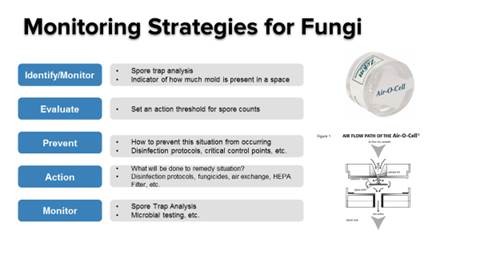 What does this look like? If the spore count is two times higher than usual, mitigating action needs to take place. Integrated Pest Management (IPM) strategies like cleaning and disinfecting the space, or spraying a fungicide, are needed to bring the spore count down to its baseline.
What does this look like? If the spore count is two times higher than usual, mitigating action needs to take place. Integrated Pest Management (IPM) strategies like cleaning and disinfecting the space, or spraying a fungicide, are needed to bring the spore count down to its baseline.
For example, most facilities will see a spike in spore counts during the times of initial flower production/formation (weeks two to three of the flower cycle).
Seasonal trends can be determined, as well, since summer heat and rain will increase the mold load while winter cold may minimize it.
Using Fungal Monitoring in an IPM Strategy
Fungal monitoring – especially using a spore trap – is a critical upstream step in a successful IPM strategy. But it’s not the only step. In fact, there are five:
- Identify/Monitor… Using a spore trap.
- Evaluate…Spore trap results will indicate if an action is needed. Elevated spore counts will be the action threshold, but it can also depend on the type of spores found.
- Prevention…Avoiding mold on plants using quality disinfection protocols as often as possible.
- Action…What will be done to remedy the presence of mold? Examples include adding disinfection protocols, applying a fungicide, increasing air exchanges, and adding a HEPA filter.
- Monitor…Constant monitoring is key. More eyes monitoring is better, and will help find Critical Control Points.
Each step must be followed to succeed in the battle against mold.
Of course, in the battle, there may be losses. If you experience a failed mandatory product testing result, use the data from the failure to fix your facility and improve for the future.
The data can be used to determine efficacy of standard operating procedures, action thresholds, and other appropriate actions. Plus, you can add a spore trap analysis for pre- and post- disinfection protocols, showing whether the space was really cleaned and disinfected after application. This will also tell you whether your products are working.
Leveraging all of the tools available will ensure a safe, clean cannabis product for consumers.
References
- ASTM D8219-2019: Standard Guide for Cleaning and Disinfection at a Cannabis Cultivation Center (B. Lorenz): http://www.astm.org/cgi-bin/resolver.cgi?D8219-19
- Mycotoxin, Aspergillus: https://www.who.int/news-room/fact-sheets/detail/mycotoxins
- State of California Cannabis Regulations: https://cannabis.ca.gov/cannabis-regulations/
- Asexual Sporulation in Aspergillus nidulans (Thomas H. Adams,* Jenny K. Wieser, and Jae-Hyuk Yu): https://pdfs.semanticscholar.org/7eb1/05e73d77ef251f44a2ae91d0595e85c3445e.pdf?_ga=2.38699363.1960083875.1568395121-721294556.1562683339
- ASTM standard “Assessment of fungal growth in buildings” Miller, J. D., et al., “Air Sampling Results in Relation to Extent of Fungal Colonization of Building Materials in Some Water Damaged Buildings,” Indoor Air, Vol 10, 2000, pp. 146–151.
- Zefon Air O Cell Cassettes: https://www.zefon.com/iaq-sampling-cassettes

